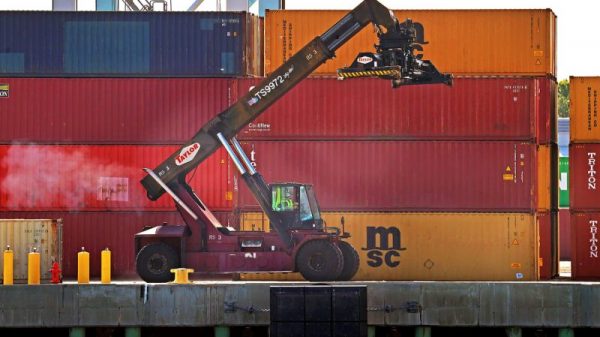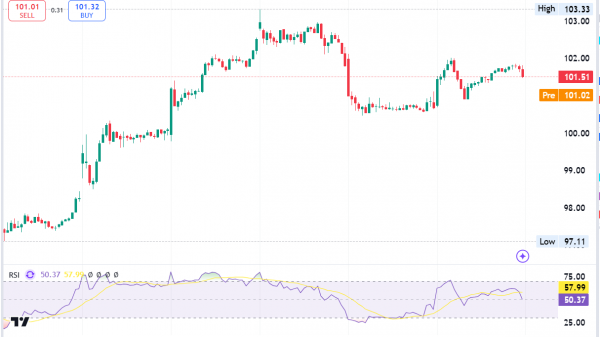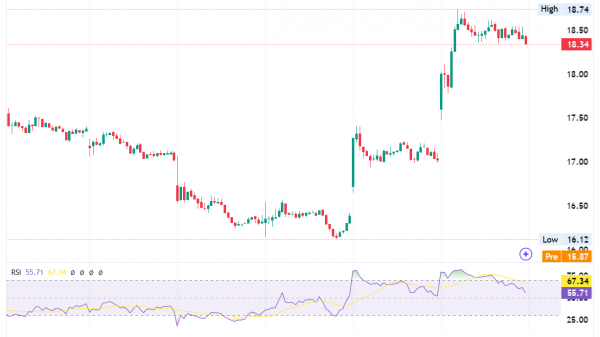How to check liquidity of a crypto?
In financial markets, liquidity is the ability to exchange an asset without changing the price. The more liquid a cryptocurrency is, the less it is possible to move the price. Liquidity depends on two factors: the asset and the exchange platform (centralized or decentralized, it doesn’t matter). But how to check the liquidity of a crypto?
The goal of a cryptocurrency exchange platform is to give the best possible conditions to traders. To do this, it will stimulate the liquidity of a cryptocurrency thanks to higher trading volumes, low fees and the presence of market makers.
Market makers are present to provide a large volume of transactions by filling order books or by supplying liquidity pools. In short, market markers provide liquidity in the markets.
A trader seeks to work with conditions where trading volumes are high, i.e. in a highly liquid market. If the volume traded is low, then the cryptocurrency is illiquid. It then becomes difficult to buy and sell digital assets at the desired price. The trader must absolutely avoid these conditions.
How to check the liquidity of a crypto – Forex Liquidity
According to BIS – the Bank for International Settlements, the Forex market had an average turnover of about $7.5 trillion daily in April 2022. In contrast, real estate stands as a classic illiquid asset. It can take a couple of months to buy or sell real estate, with intense negotiations, tedious form completions, and high commission payments.
Liquidity matters for tradable assets, like the cryptocurrency Bitcoin. Liquid markets run deeper and more smoothly. In contrast, traders can find it hard to leave illiquid markets.
In 2014, Bitcoin’s daily volume was less than $100 million, and at times, it dropped to under $10 million. By early 2018, this volume increased to over $20 billion. Yet, Bitcoin experienced periods of illiquidity.
When the Bitcoin price plummeted, the volume frequently dropped to under $5 billion daily. Still, by early 2020, Bitcoin’s daily volume consistently surpassed $20 billion and remains around that mark.
How to check the liquidity of crypto: Are cryptocurrencies liquid?
We cannot say that the cryptocurrency market is still very liquid. This ecosystem is developing and will become increasingly liquid with the adoption of cryptocurrencies. At the moment, the total capitalization of cryptocurrencies is around 2,000 billion, less than the capitalization of Apple.
Capitalization is the result of the product between the price and the number of tokens. You have to be careful. Capitalization does not necessarily rhyme with liquidity, although this is often the case.
Among the most liquid assets, we find fiat currency, metals, and stocks. Cryptocurrencies are nascent and less liquid than the assets mentioned.
How Do Cryptocurrencies Gain Liquidity?
Cryptocurrencies gain liquidity as more people buy, sell, and trade them on various exchanges. A larger user base and increased acceptance by merchants and businesses enhance liquidity. Collaborations with financial institutions and the introduction of crypto ATMs further drive accessibility and ease of exchange. Active market makers and traders contribute to more significant trading volumes, ensuring price stability. Lastly, regulatory clarity and positive media coverage boost public confidence, attracting more participants to the crypto market.
Let’s take a look at the main factors that influence the liquidity of cryptocurrency.
Exchanges
The proliferation of reliable Bitcoin exchanges has enabled a greater number of individuals to trade their coins or tokens. This uptick in trading frequency and volume contributes positively to liquidity enhancement. While some individuals choose to hold their bitcoins outside of exchanges, the escalating security of prominent exchanges is enticing more of these holders to engage in trading, thereby introducing additional buyers and sellers to the market.
Acceptance
Acceptance plays a pivotal role in the utility, value, and longevity of Bitcoin and other cryptocurrencies. Let’s delve into the relationship between acceptance and liquidity in the crypto market:
The primary value proposition for many cryptocurrencies, especially Bitcoin, is as an alternative form of currency or store of value.
For any currency to be effective, it must be widely accepted by a range of vendors, service providers, and users. As more businesses and individuals accept Bitcoin and other cryptos as a legitimate form of payment, their intrinsic utility increases, which can lead to higher demand.
The more widely accepted a cryptocurrency is, the more likely it is to be perceived as a stable and reliable medium of exchange. This perceived stability can increase demand for the cryptocurrency, which in turn can enhance its value.
Direct impact on liquidity Liquidity refers to the ease with which an asset can be converted into cash or a cash equivalent without significantly affecting its price.
When a cryptocurrency is widely accepted, it typically has a larger and more active market. This means more frequent trades, larger trade volumes, and generally tighter spreads between the buy and sell prices. A more liquid market allows for larger transactions without causing significant price swings.
Greater acceptance, especially from institutional players like banks, investment firms, and payment processors, can significantly boost the liquidity of a cryptocurrency. Institutional involvement often brings in larger trade volumes and professional trading practices, further enhancing market liquidity.
ATMs & Payment Cards
ATMs (Automated Teller Machines) specifically designed for Bitcoin and cryptocurrency payment cards play a significant role in improving the liquidity and adoption of Bitcoin. Here’s how:
Ease of Access: Bitcoin ATMs enable users to buy or sell Bitcoin instantly using cash. This makes Bitcoin more accessible to people who might not be comfortable with online exchanges or those without access to traditional banking systems.
Immediate Liquidity: Bitcoin ATMs, especially those that allow selling Bitcoin for fiat currency, offer immediate liquidity. Users can convert their Bitcoin holdings into cash quickly without needing to navigate through the withdrawal processes that might exist on online exchanges.
Regulation and Compliance
As Bitcoin ATMs and crypto payment cards become more prevalent, they might draw more attention from regulatory bodies.
Proper regulation can instil more trust in these mediums, potentially drawing in more users. However, it’s a double-edged sword, as excessive or restrictive regulation can also hinder adoption.
In summary, Bitcoin ATMs and cryptocurrency payment cards are essential tools that can improve Bitcoin’s liquidity by offering easy, immediate, and widespread access to the cryptocurrency.
Their growing presence and acceptance are indicative of Bitcoin’s gradual integration into the traditional financial system.
Conclusion – How to check the liquidity of a crypto?
Liquidity is very important for market participants. You must be able to carry out transactions at a stable price.
A trader must find a platform and a liquid cryptocurrency that allows them to trade without problems.
On most major trading platforms, significant capital is required to be able to move the price. However, you should be careful on lesser-known platforms listing cryptocurrencies with little volume. The trader must also pay attention to the time unit in which he wants to trade.
One of the most important things that investors and traders consider before investing in a cryptocurrency is its liquidity. Liquidity refers to the ease with which a crypto can be bought or sold without causing significant price changes.
To determine the liquidity of a cryptocurrency, you can look at its trading volume and market capitalization, trading activity, and market activity.
Trading volume is the total number of coins traded daily on exchanges. High trading volumes mean more liquid cryptocurrency. Market capitalization, on the other hand, refers to the total value of all coins or circulating supply. The higher the market capitalization, the more stable the cryptocurrency is likely to be.
The post How to check liquidity of a crypto? appeared first on FinanceBrokerage.


































